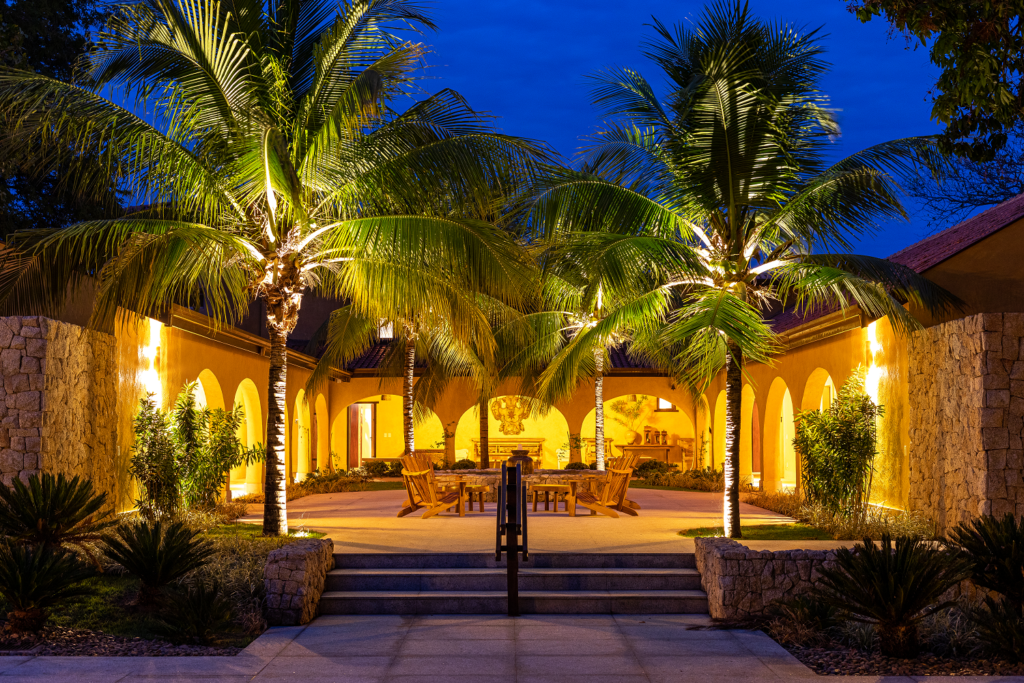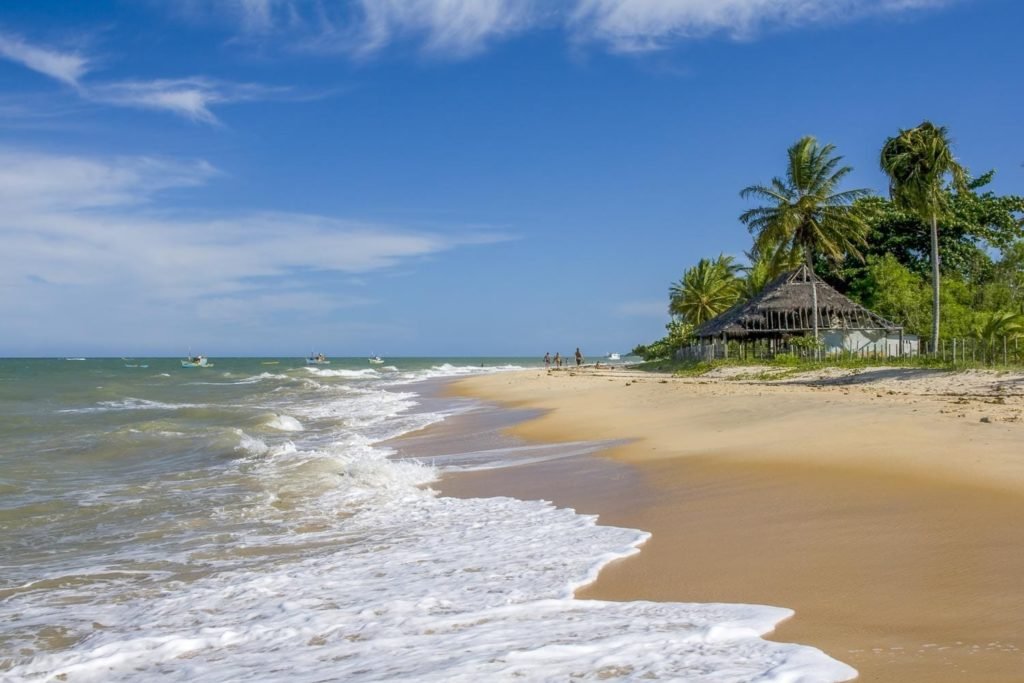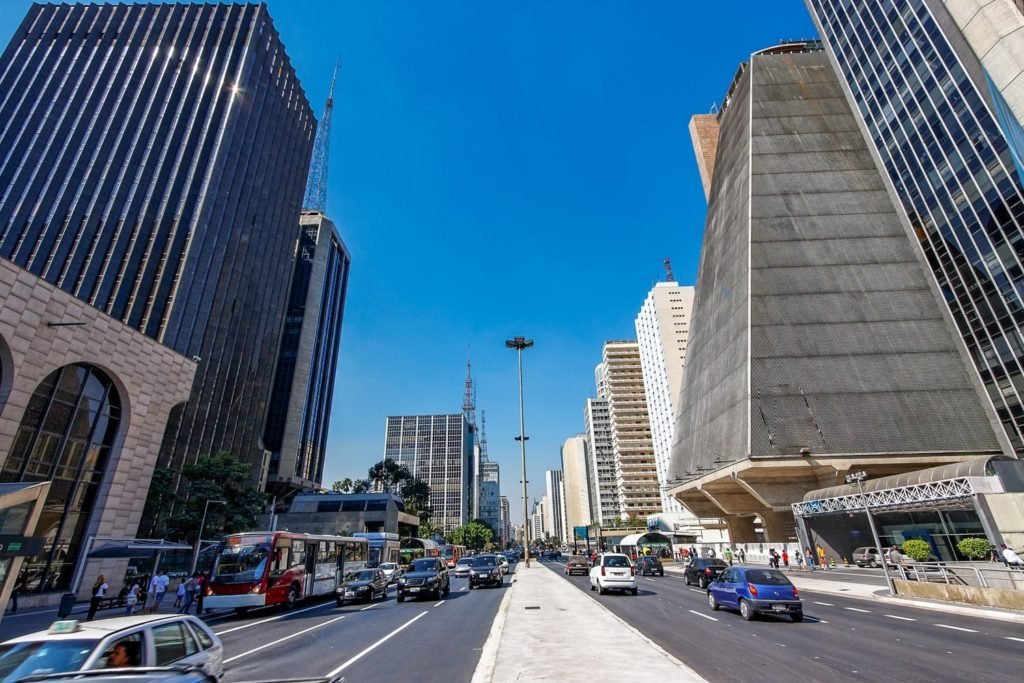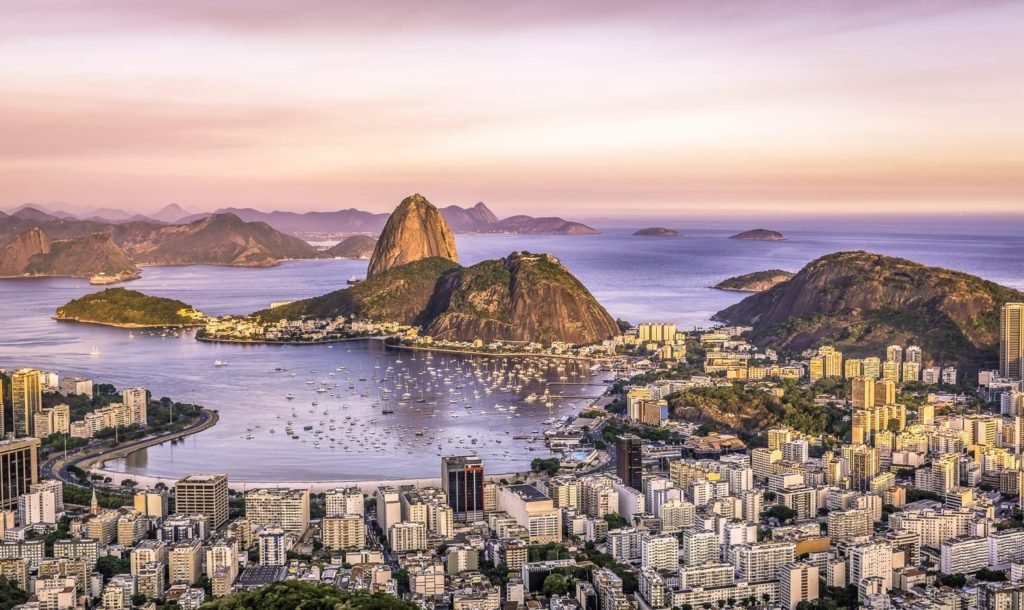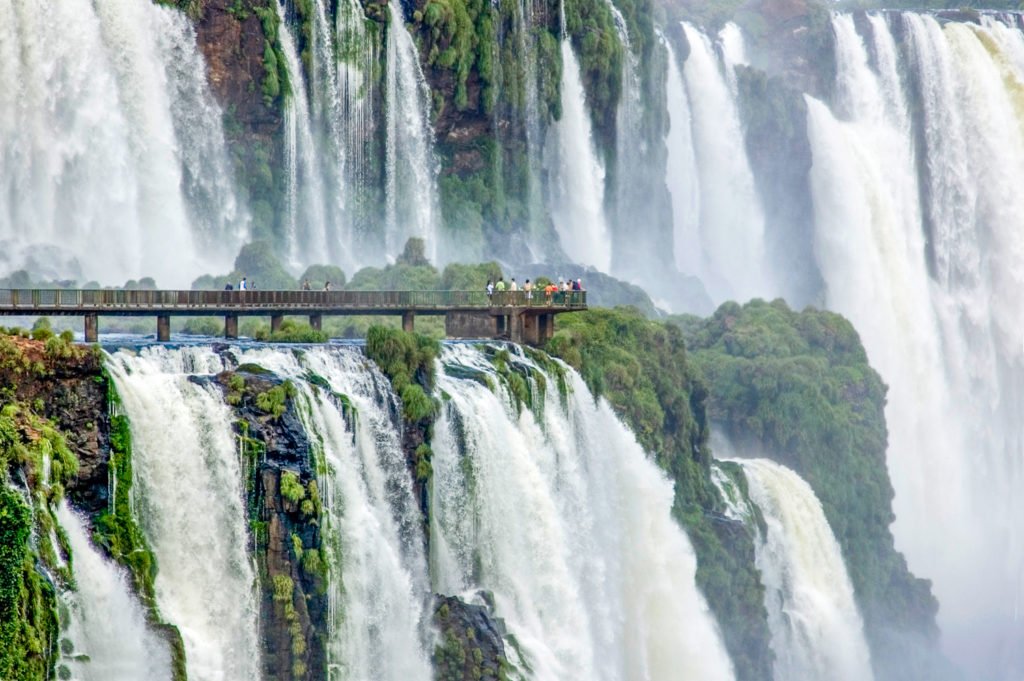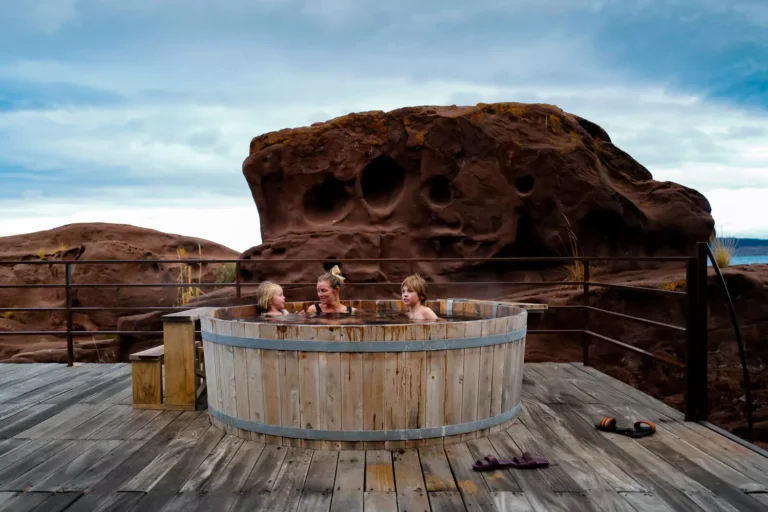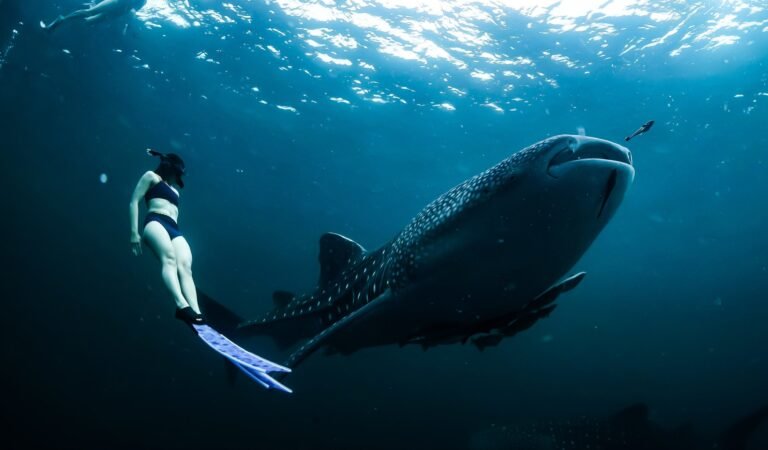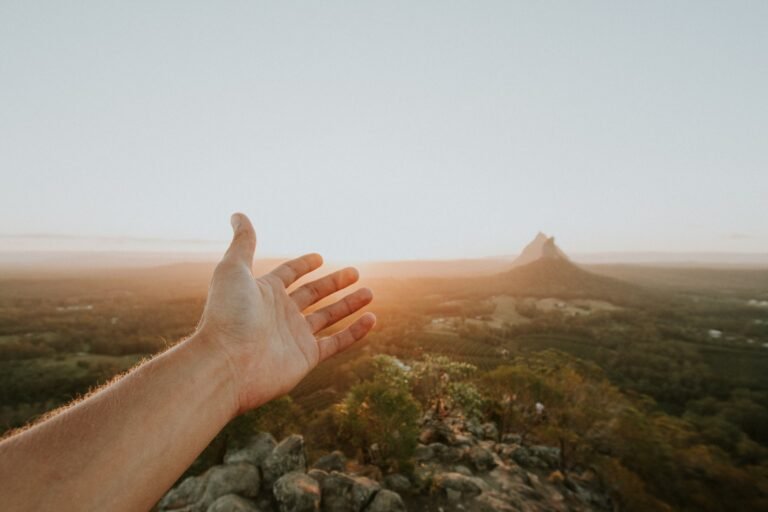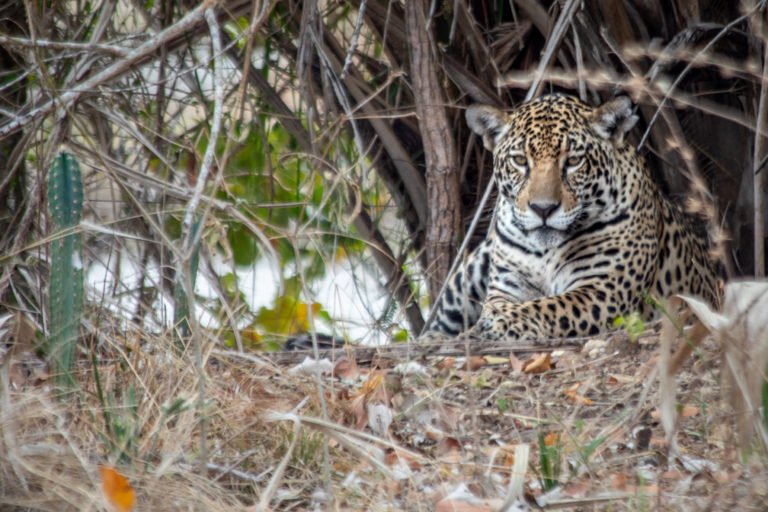Brazil’s Pantanal Wetland
The Pantanal is the world’s largest inland wetland. Straddling the southern states of Mato Grosso and Mato Grosso do Sul, this enormous basin covers 195,000 square miles, extending into both Bolivia and Paraguay.
During the December to March rainy season, over 80% of the floodplain is submerged, with water levels rising between six and fifteen feet throughout vast sections of the plain. In other areas of the Pantanal, lush forests bloom and clear rivers swell.
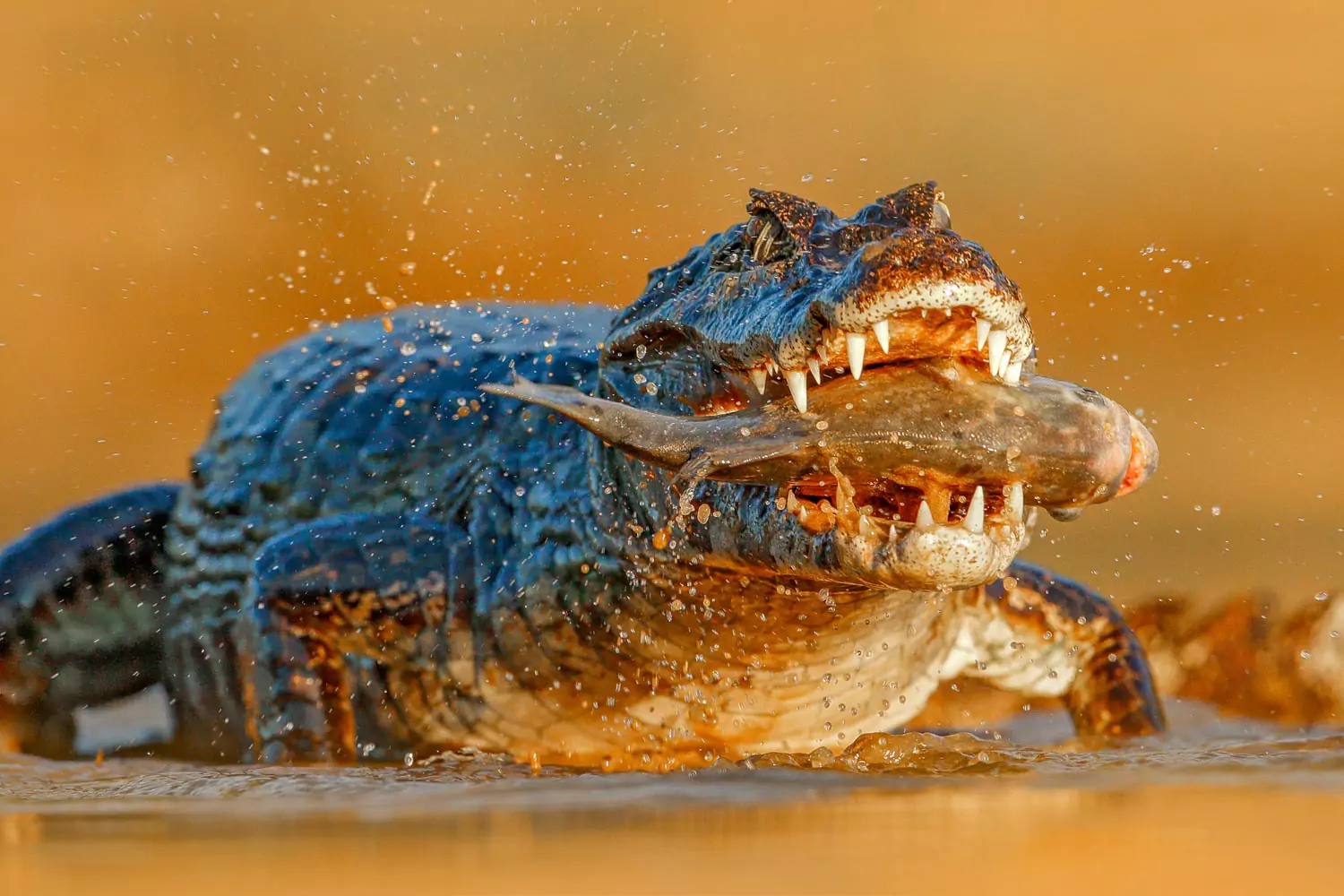
The annual floods attract and sustain an abundance of native fauna. Although the Amazon has greater biodiversity, the Pantanal actually has the highest concentration of wildlife in the entire Western Hemisphere. Its ecosystem includes caimans, giant anteaters, maned wolves, jaguars, tapirs, and an estimated 1,000 avian species. Marquee bird species include Hyacinth macaws, Green-and-rufous kingfishers, and Jabiru storks. In the north, near Alta Foresta, the Neotropical rainforest sustains monkeys, sloths, pumas, and butterflies.
What to do in Pantanal
Visitors can enjoy wildlife safaris by boat during the wet season and by jeep in the dry months (June through September). The shoulder seasons—April through May and October through November—may be the best time to visit. Throughout these months, lodges are nearly empty, and the wildlife viewing is excellent.
Other activities available in the Pantanal include:
- Canoeing
- Walking tours
- Jaguar safaris
- Canyoneering
- Biking
- Horseback riding
- Bird watching
- Whitewater Rafting
- Participating in conservation projects
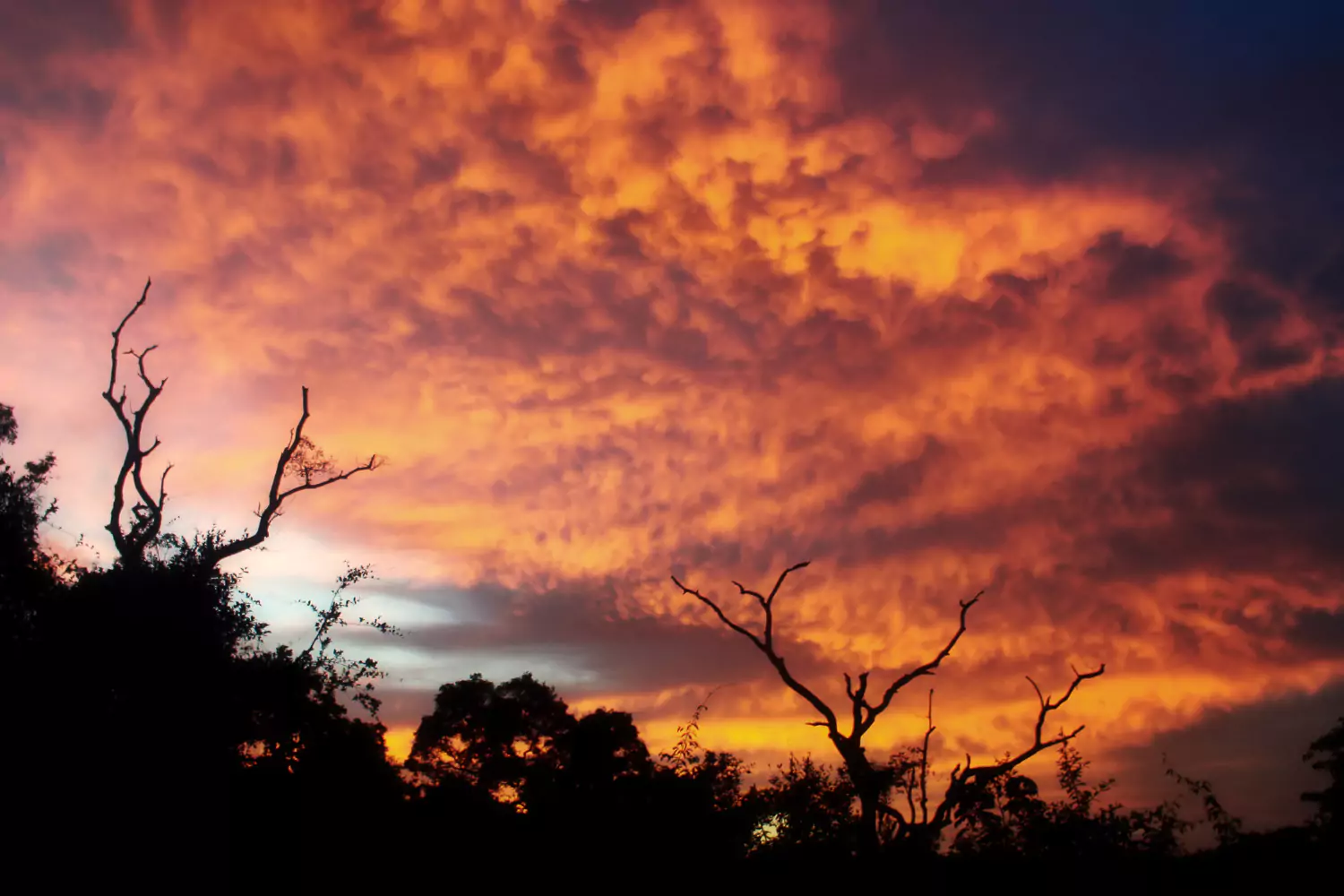
What is the Weather Like?
The Pantanal is a flat plan, naturally open and without big mountains to block cold fronts. Because of that, the temperature may vary a lot in a short period. In the summer months (December to March), temperatures range from 77°F to 104°F. The average annual precipitation is 1500mm, the majority of which falls between the months of November and March.
The temperature during the fall (April to June) becomes milder, ranging between 59°F to 86°F. The rain stops and the night skies are filled with stars. In Winter, the occasional cold front can bring temperatures as low as 46ºF. The winter coincides with the dry season, which is the best season to watch the wildlife.
Mosquitoes can be an issue, especially during the wet season (January to March). Guests are recommended to wear bug spray and light-covered clothing.
These averages are changing, please check extended weather forecasts using your favorite weather app prior to departure.
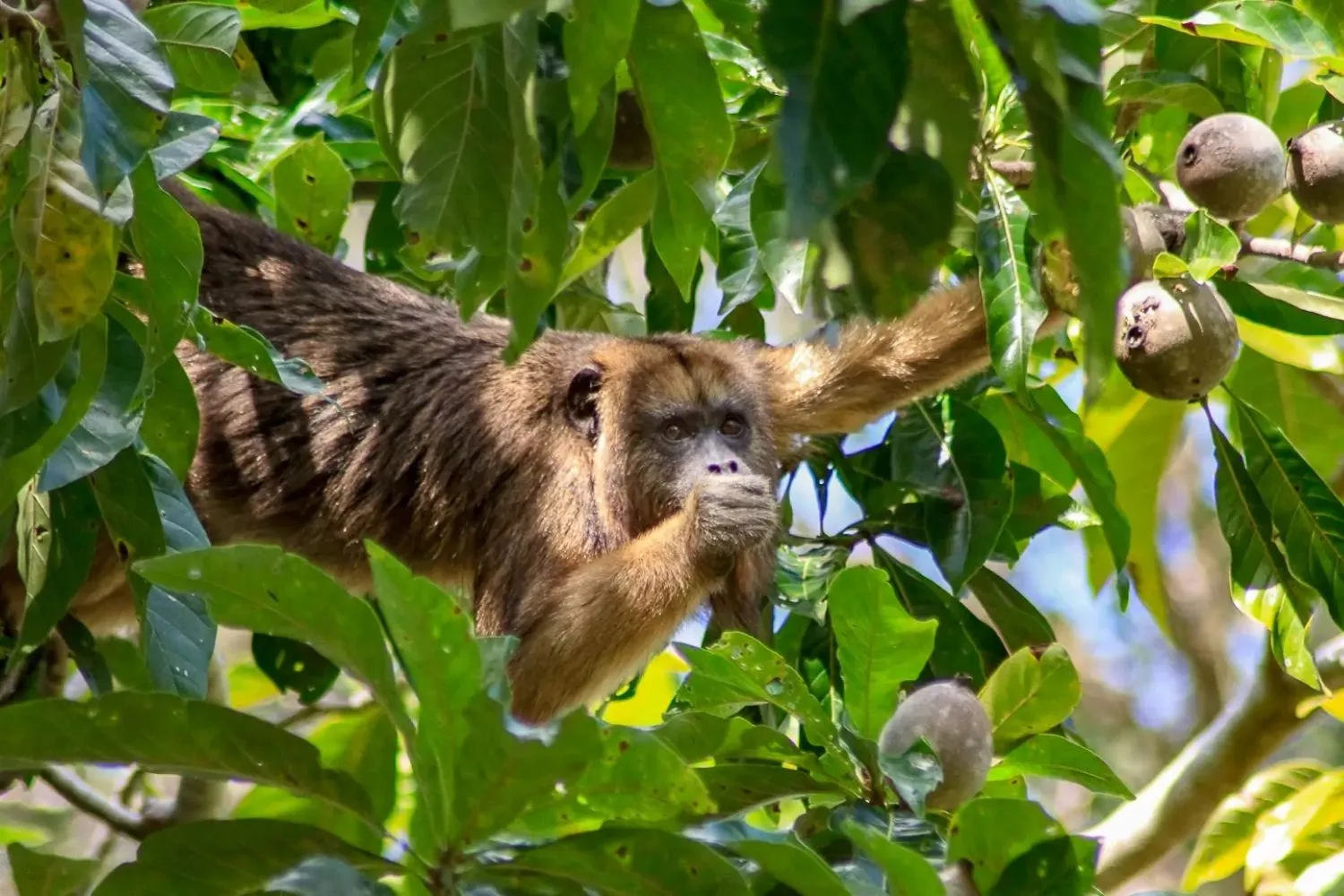
Getting There
Airports serve Cáceres, Alta Floresta and Cuiabá in the north, and Corumbá and Campo Grande in the south. From there, travelers continue by road and, in some cases, small aircraft or boat to reach lodges and reserves.
Start your journey today
LANDED delivers the finest in custom, private travel to Central America, South America, and Antarctica. These regions are our passion; we know them first-hand and by heart. Speak with one of our travel designers and let us create a tailored itinerary for you in The Pantanal.
How to combine The Pantanal
Have some extra time? Here are some options for you to combine with.

